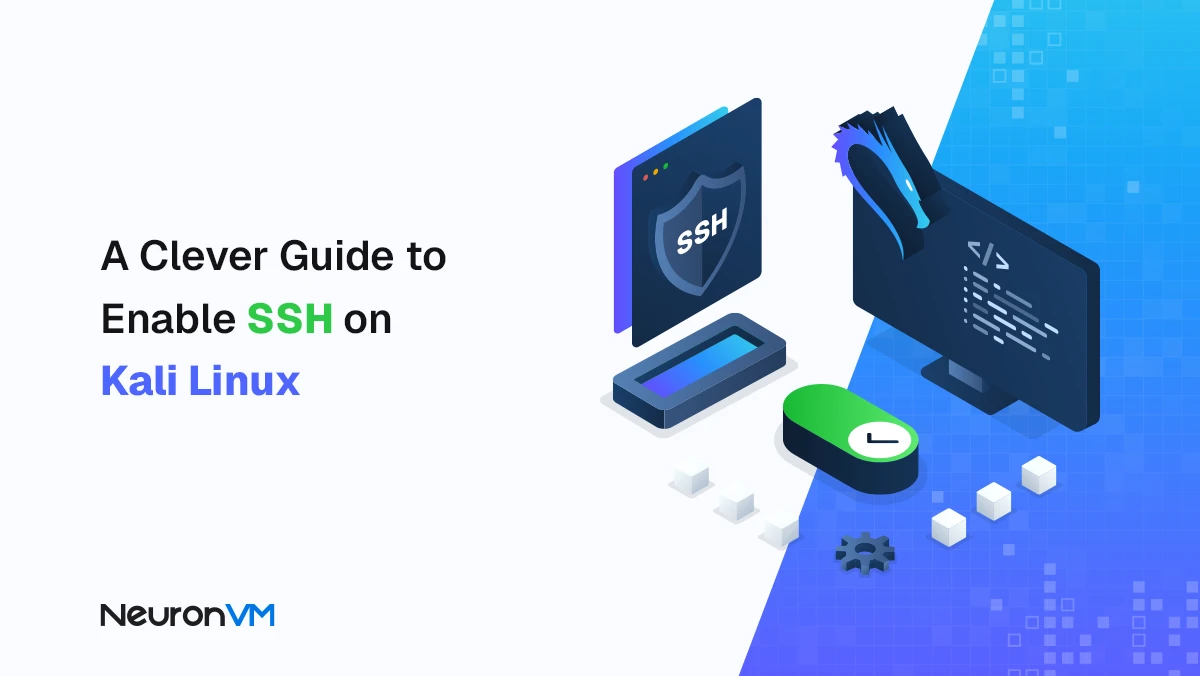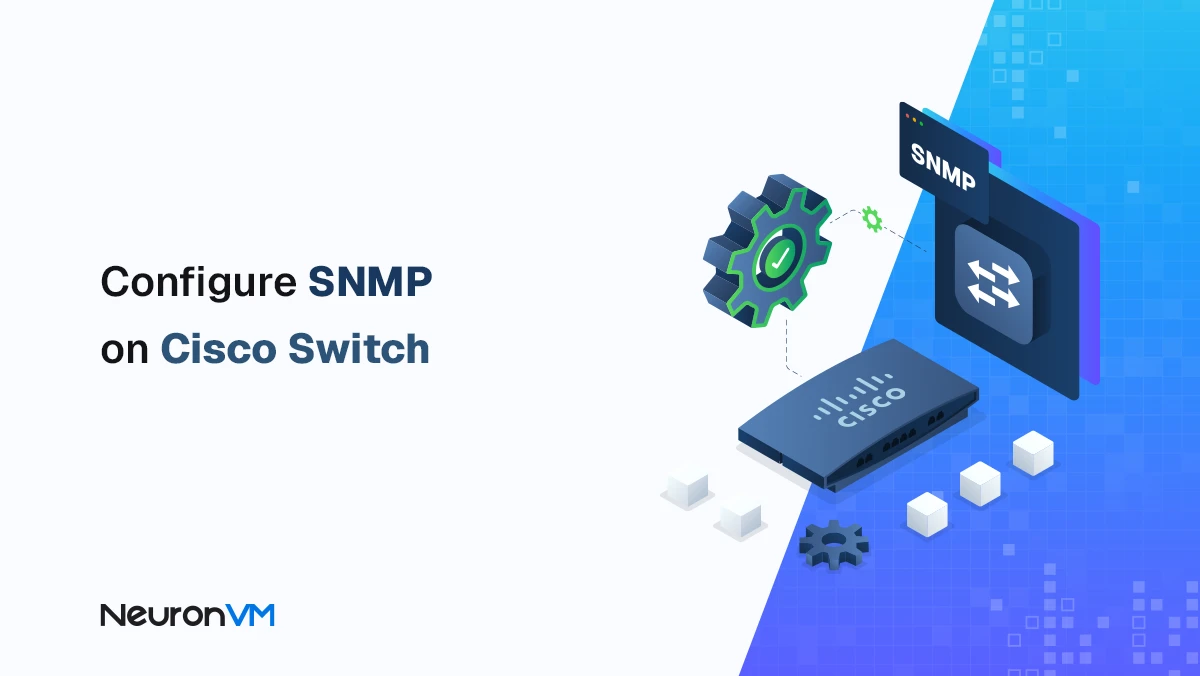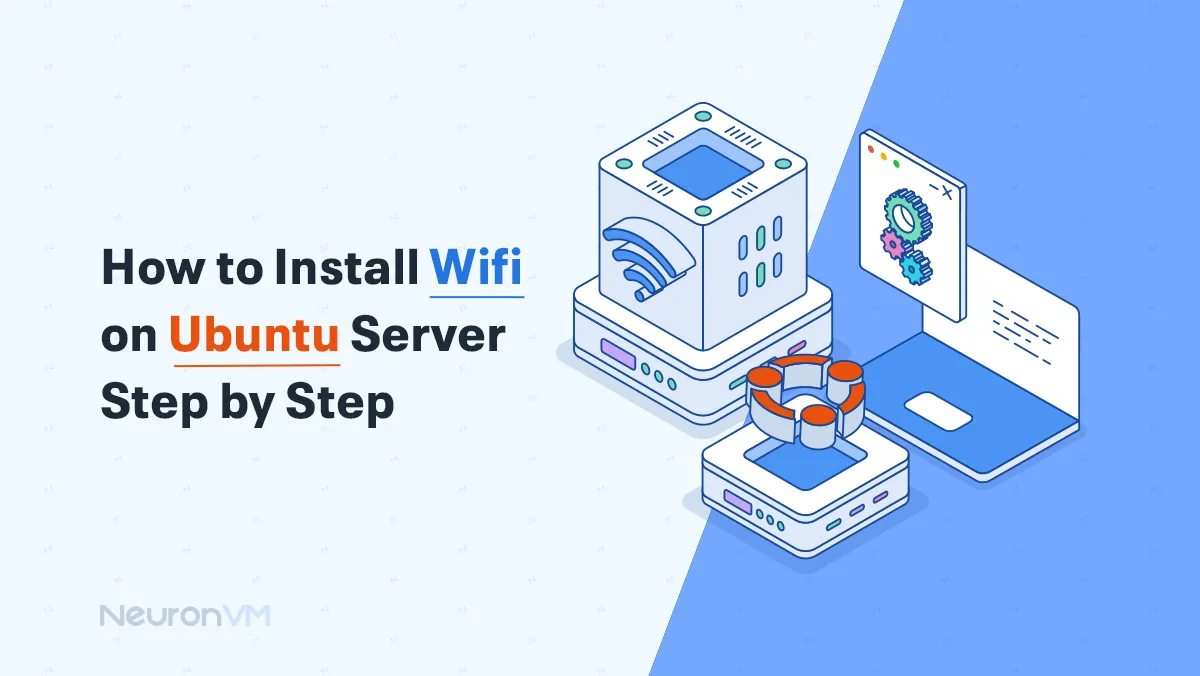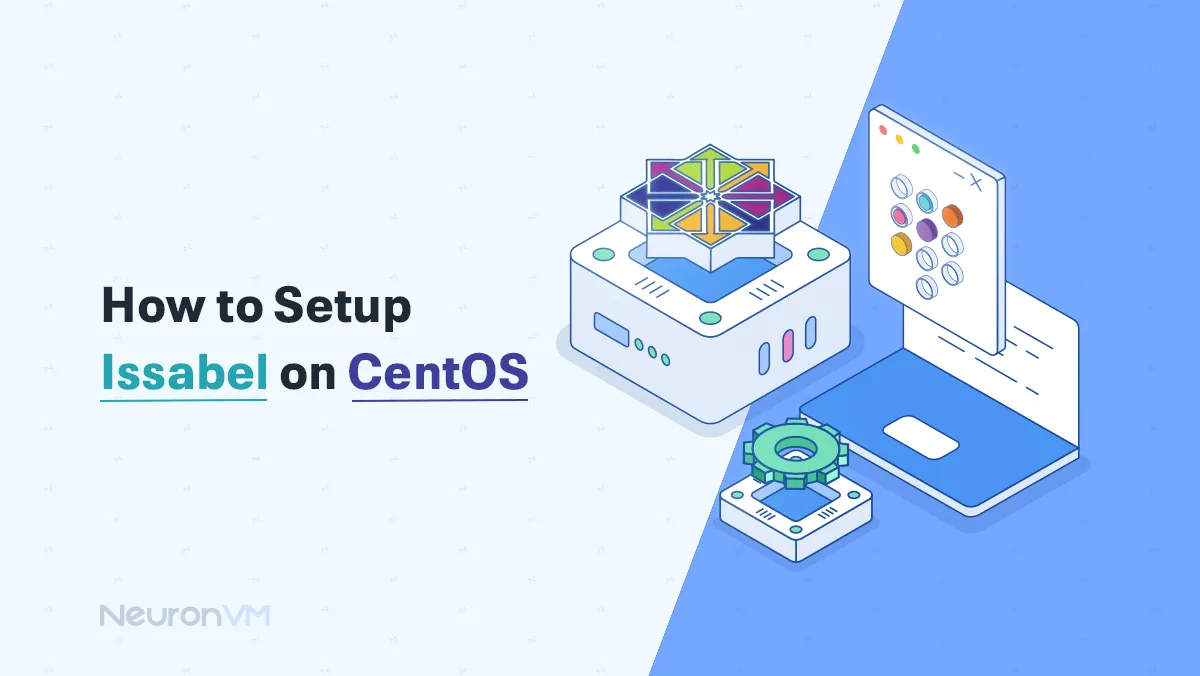How to Install and Secure PhpMyAdmin on Fedora Step by Step
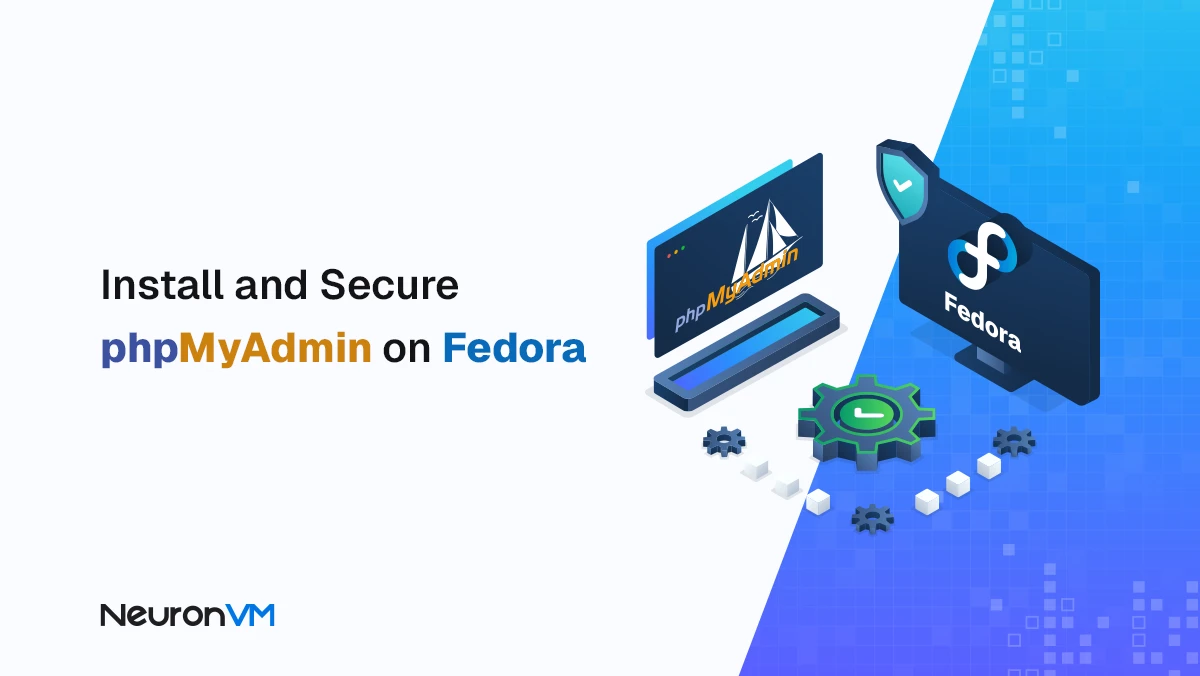
 8m
8m
 0 comments
0 comments
PhpMyAdmin is one of the most trusted and practical tools for managing MySQL databases through a simple web interface. It allows you to handle your databases visually instead of typing commands in the terminal. In this guide you will learn step by step how to install and secure PhpMyAdmin on Fedora and how to make your server environment ready for safe and efficient database management.
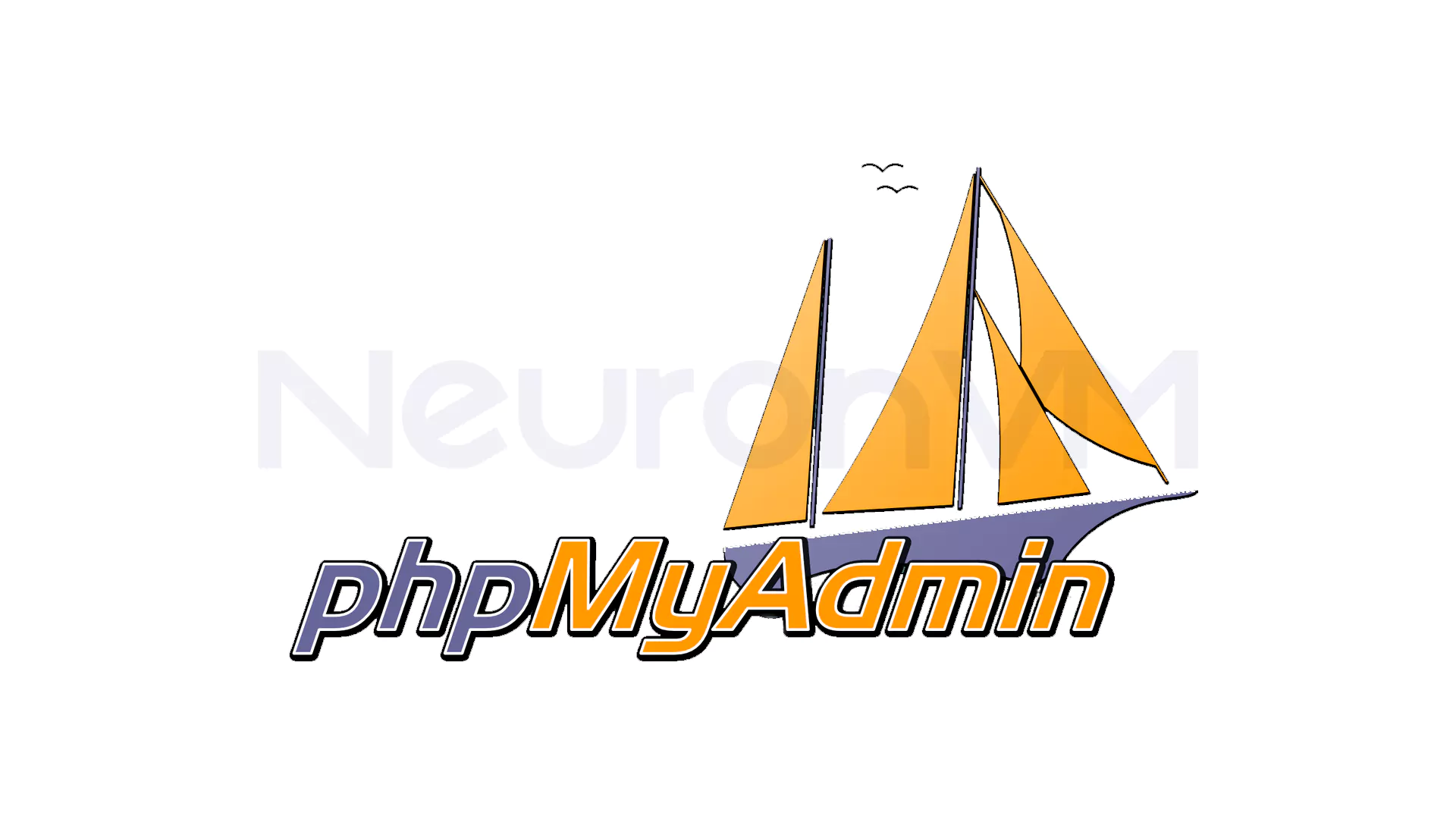
What is PhpMyAdmin?
PhpMyAdmin is an open source management tool written in PHP that helps users control MySQL and MariaDB databases from the browser. It removes the need for command line interaction and lets you do everything with a clean and simple interface. You can create new databases, edit tables, run SQL queries or manage users easily. It supports more than seventy languages and works well with both left to right and right to left scripts. Because of this it has become a global solution for developers and system administrators.
PhpMyAdmin Features
Simple and clean web interface
Full support for MySQL and MariaDB databases
User management and access control
Creating and editing tables
Database backup in SQL XML CSV and PDF formats
Import and export in compressed formats such as ZIP and GZIP
Visual design of database structure as PDF diagrams
Support for multiple database servers
Prerequisites
Before starting the installation make sure your server meets these requirements
A Linux VPS with Fedora operating system
Apache HTTP Server
PHP installed
MySQL or MariaDB installed and running
Step 1 Install Apache and PHP
To install Apache and PHP along with the required extensions, open the terminal and enter
sudo dnf -y install httpd php php-cli php-gettext php-mbstring php-mcrypt php-mysqlnd php-pear php-curl php-gd php-xml php-bcmath php-zip
After the installation, edit the Apache configuration file
sudo vim /etc/httpd/conf/httpd.conf
Add the following lines
ServerAdmin [email protected] ServerName example.com ServerTokens Prod
Then start and enable Apache service
sudo systemctl start httpd sudo systemctl enable httpd
Step 2 Configure Firewall and PHP
Enable access to HTTP and HTTPS with these commands
sudo firewall-cmd --add-service={http,https} --permanent
sudo firewall-cmd --reload
Check your PHP version
php -v
And check the installed PHP modules
php -m
Set your timezone in the PHP configuration file
sudo vim /etc/php.ini
Find this line and change it to your correct timezone
date.timezone = America/New_York
Step 3 Install PhpMyAdmin on Fedora
Run this command to install PhpMyAdmin
sudo dnf -y install phpMyAdmin
After installation verify the version
rpm -qi phpMyAdmin
Now open the PhpMyAdmin configuration file
sudo vim /etc/httpd/conf.d/phpMyAdmin.conf
If you want to limit access to specific IP addresses make the changes here then restart Apache
sudo systemctl restart httpd
Step 4 Access PhpMyAdmin
Open your browser and enter
http://localhost/phpMyAdmin
If you are connecting from another system, replace localhost with your server IP address.
Log in with your database username and password to start working with PhpMyAdmin.
Step 5 Change Authentication Plugin for MySQL
If you need to change the MySQL authentication plugin, enter the MySQL command line
mysql -u root -p
Then update the plugin configuration according to your requirements. This step helps when PhpMyAdmin has connection issues with MySQL.
Step 6 Secure PhpMyAdmin on Fedora
To protect PhpMyAdmin from unauthorized access follow these instructions.
First open the configuration file
sudo vim /etc/httpd/conf.d/phpMyAdmin.conf
Find the default alias section and replace it with a custom name
From
Alias /phpMyAdmin /usr/share/phpMyAdmin
To
Alias /secureadmin /usr/share/phpMyAdmin
Restart Apache to apply the change
sudo systemctl restart httpd
You can also restrict access by IP inside the same file so that only trusted systems can open PhpMyAdmin. Always use HTTPS to keep your connection secure and prevent password leaks.
Troubleshooting tips!!!
If PhpMyAdmin does not load check if Apache and PHP services are active and restart them if needed
sudo systemctl restart httpd php-fpm
If you get an access denied error, verify your MySQL user credentials and permissions.
If you face a forbidden error check the Apache configuration and make sure access to the PhpMyAdmin directory is allowed.
Conclusion
In this tutorial you learned how to install and secure PhpMyAdmin on Fedora and how to protect it from unauthorized access. With the right setup PhpMyAdmin becomes a reliable tool for managing databases without command line work!!! You can connect multiple servers to one PhpMyAdmin and manage them all in one place. This method saves time and gives you full control over your MySQL environment.
Yes, PhpMyAdmin is fully compatible with MariaDB and all the functionality it has for MySQL also works on MariaDB.
You can define the allowed IP addresses in the configuration file located at etc/httpd/conf.d/phpMyAdmin.conf so that only specified systems can access.
No! It is always recommended to have SSL enabled so that login information and data are encrypted during transmission and fully secure.
You might like it


